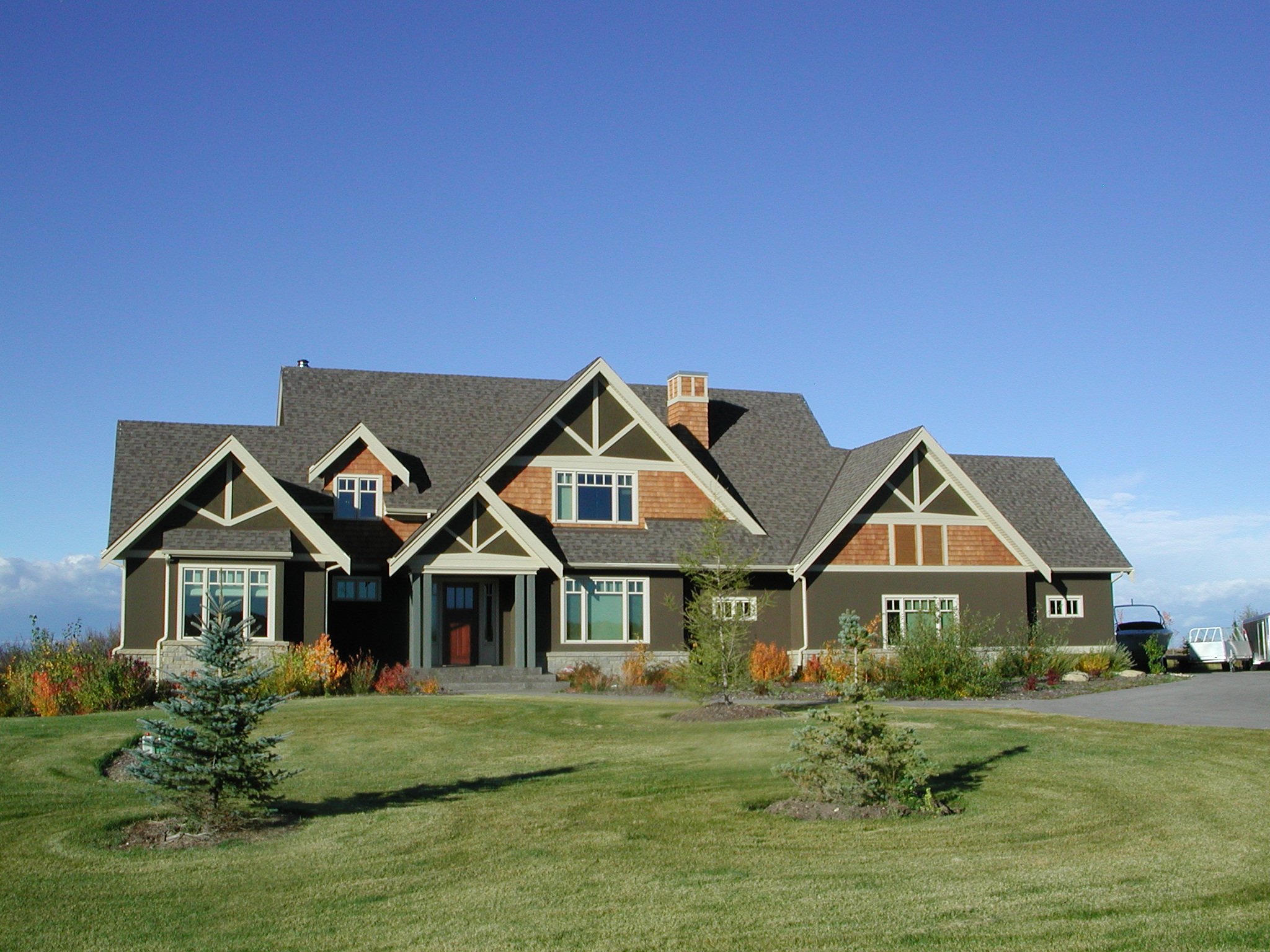Creating Timeless Design
Investing in a Dream
that Stands the Test of Time
With our eye on the final quarter, financial realities of the post-pandemic world, and resulting inflationary pressures, a lot our clients are all the more conscience of conceiving ways to build exquisite homes that will endure the ebbs and flows of design trends — be those maximalist, minimalist, traditional, modern, transitional, modern farmhouse, white kitchens, non-white kitchens, open-floor plans, closed-floor plans — we shine at this game, time and time again. As fun as bold trends are, they shouldn’t inform the base of your design. We suggest shifting your focus to design elements that make your space timeless. Here’s how:
1. Use Natural Materials
Sustainability is, and forever will be, timeless. We have always been surrounded by materials found in nature so it’s no surprise that they have stood the test of time. Manmade materials are easier to connect to a specific time period, so they may possibly lead to dating the building. Suitable natural materials include: wood, stone, and metals (like copper). We encourage you to keep them as close to how they appear in nature like locally sourced sandstone, rundle stone or fieldstone. Natural materials are enhanced by the passing of time and take on a patina as they age.
Natural materials are also maintainable. While there is a trend towards low and no-maintenance exteriors, many of these materials are challenging and costly to sustain over time. For example, many vinyl products used on house exteriors cannot be painted, so as they wear, they have to be replaced. And while technology is improving, manufactured stone products will bleach-out and loose colour over time caused by prolonged sun exposure.
“A friend was over the other day and could not believe that our home is 21 years old — and it’s still with the times. This truly is a timeless house thanks to the McDowell method.”
2. Neutral Colour palettes
Using neutral colours will help your home remain timeless. This is one of the main reasons we tend to avoid trendy finishes. Relating to the natural context rather than trendy palettes lends a timeless sense of belonging. For instance, in Calgary red brick never grows old.
3. Mixing Design Styles
Using pieces from different styles doesn’t tie your space to a specific era, which in effect, makes your space less likely to feel outdated in a few year’s time. However, knowing which styles to mix is a balancing act. When doing so, opt for clean lines which will make it easier to blend styles flawlessly. Invest in furniture that can stand the test of time and can be used when your space needs a refresh, thus tying everything together cohesively.
Built in 2005
4. Context
The architecture of a building should respond to its context. Frank Lloyd Wright created buildings that responded to the prairie setting in Illinois, with a strong emphasis on horizontal lines and deep overhangs to offer protection from the intense summer sun. These buildings were a huge departure from the tall turreted Victorian houses of that era. Even today, his homes that are over 100 years old look current, as many designers rediscover what has come to be known as the prairie style.
In contrast, steep roofs, stone and timber structures found in Canmore reflect the mountainous setting. Pitched roofs mimic the surrounding mountain angles, which also function to shed heavy snow fall during winter months.
The shape of house plan also responds to its location. For instance, in a flood plain, we designed a curving wall to deflect water in the event of a flood. This functional curve became the motif for the architecture of the building.












